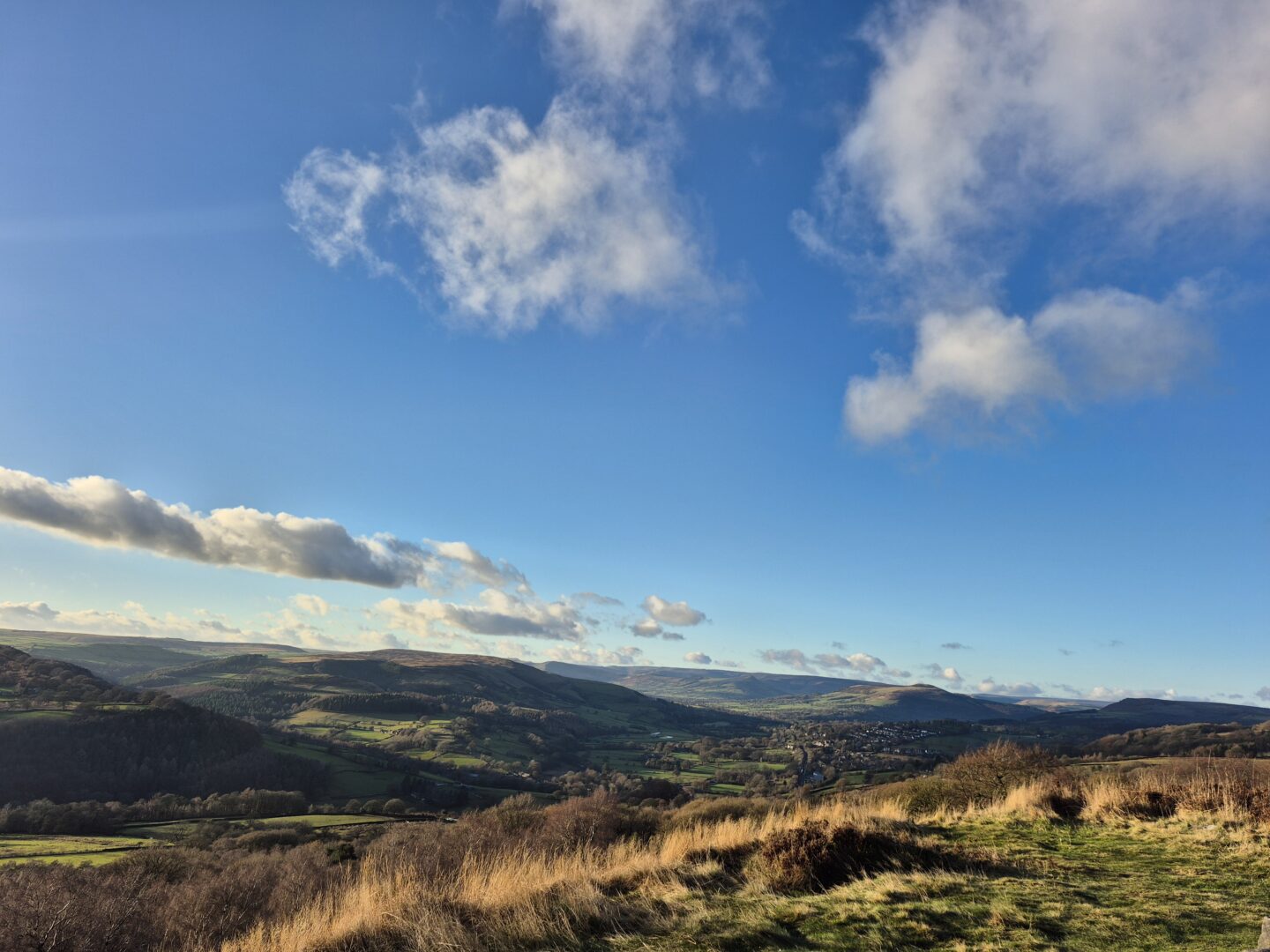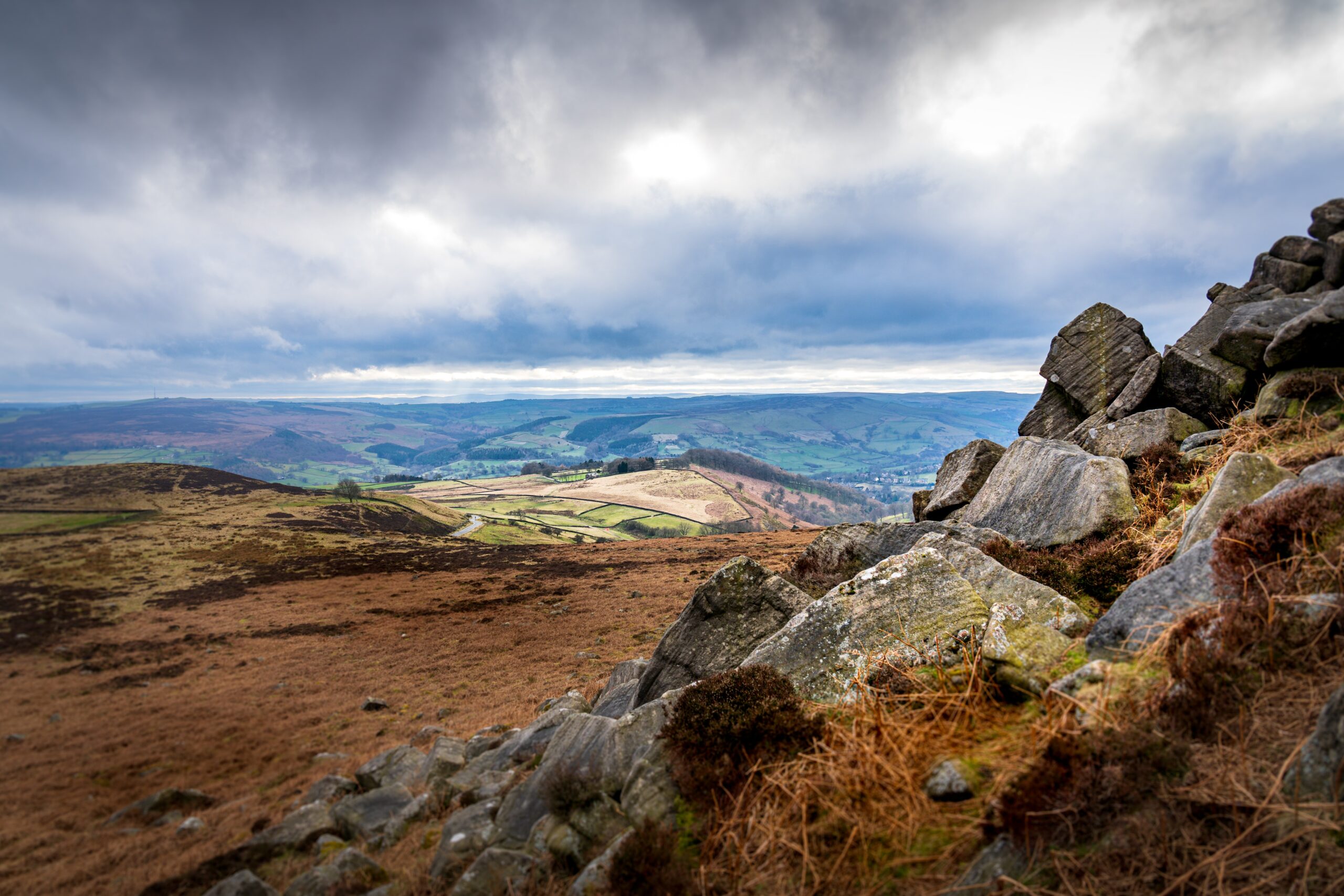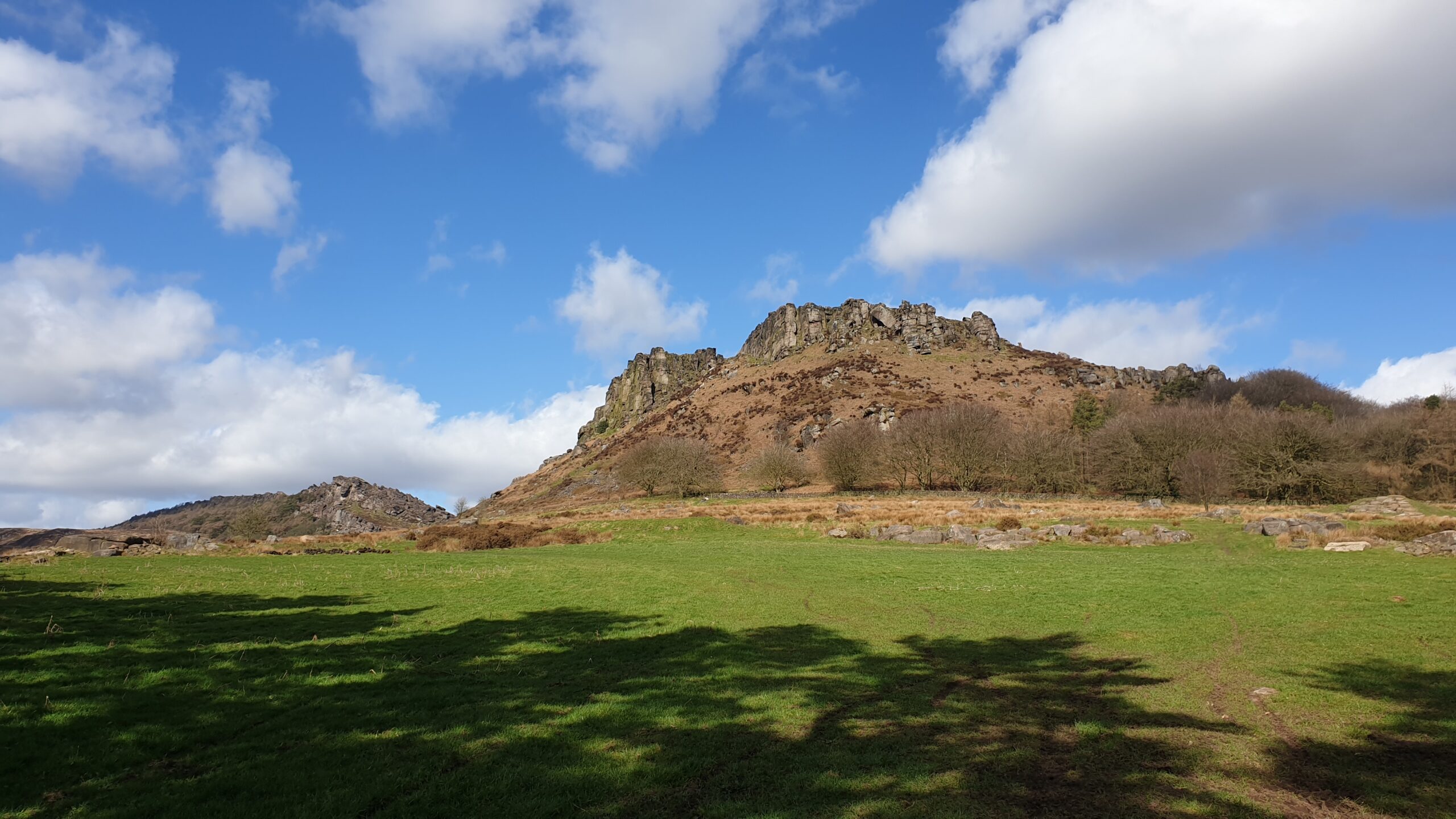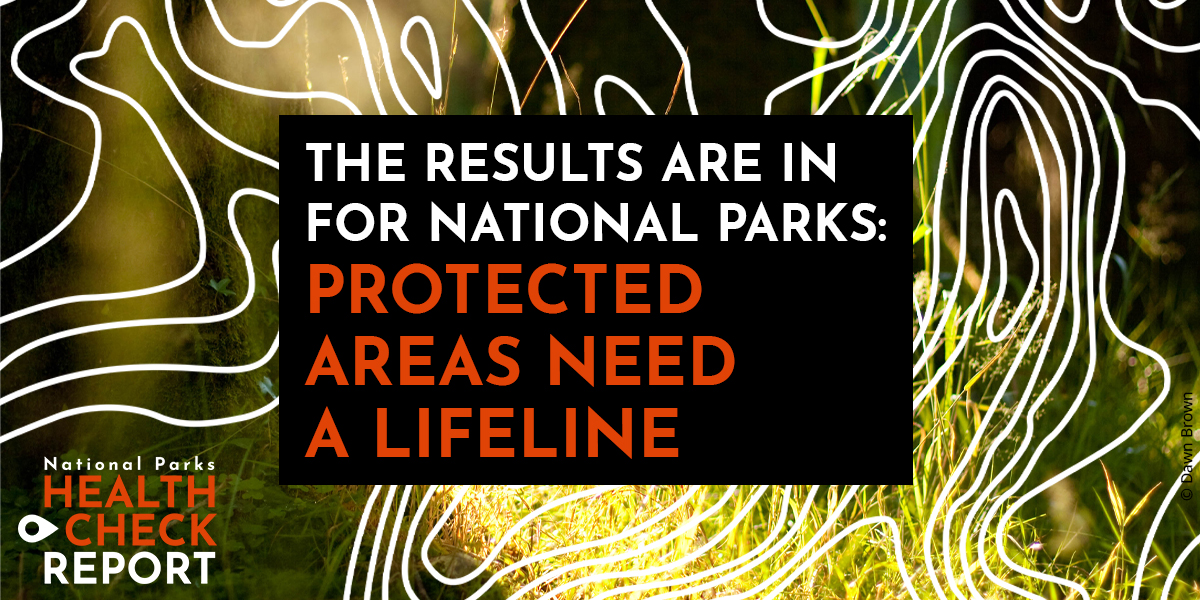National Parks

As well as being the local CPRE branch, we also fulfil an important role on behalf of the Campaign for National Parks (CNP). We represent CNP in dealings with the Peak District National Park Authority, and we do this as ‘Friends of the Peak District’.
National Parks are some of the most awe inspiring wild spaces the UK has to offer. Covering 10% of the total land area of England and Wales and with over 100 million visitors every year, it’s easy to see why these places have such a lasting impact on visitors and those who call them home.
Every National Park is different, together they are a vibrant tapestry of unique landscapes, species, heritage and cultures that display the very best of the UK. Our Parks are a great source of inspiration, influencing generations of artists, storytellers, campaigners and conservationists.
“[National Parks and National Landscapes] were not for any privileged or otherwise restricted section of the population, but for all who care to refresh their minds and spirits and to exercise their bodies in a peaceful setting of natural beauty … [they will be] in the full sense national … for people – and especially young people – of every class and kind and from every part of the country, indeed the world.” John Dower
The Peak District National Park
The Peak District was the first National Park to be designated in England and Wales in 1951 and remains one of the most popular, receiving up to 14 million annual visitors thanks to its proximity to many nearby towns and cities. Over a third of the Park is protected for wildlife and its three peaks, the Dark Peak, White Peak and South West Peak provide important habitat for many upland species such as White Mountain hares and the Golden Plover. With nearly 90% of the Park being farmland, it is a true living landscape shaped over decades by livestock and agricultural practice.
Designated: 1951
Habitats: Farmland, peatland, hay meadows, moorland, woodland
Common wildlife: Red grouse, owls including the barn owl, tawny owl, and the little owl
Star spots: Red deer, white mountain hares, golden Plover
Notable towns and cultural sights: Greens mill, Chatsworth, Bakewell
Notable nature sights: Stanage Edge, Hope Valley
Popular activities for visitors: Hiking, water sports, rock climbing
Highest peak: Kinder Scout at 636 meters above sea level
Annual visitor numbers: 14 million in 2019, 13 million in 2018
Threats: Climate change, wild fires, increasing pressures from farming
The Future of the Peak District
We welcomed the opportunity to comment on the issues and options consultation for a new Peak District National Park Local Plan with the aim of conserving and enhancing the natural beauty of the Peak District.
Many of the threats to the Peak District’s natural beauty, such as road building, transport infrastructure, and housing developments, would be all too familiar to the environmentalist Ethel Haythornwaite, one of our founding members.
Today, the countryside faces an increasing number of challenges and competing pressures that threaten its sustainability—some new, some old. As we look to the future, the countryside’s role in addressing key challenges like the climate, nature and housing crises becomes increasingly crucial. It’s essential that we continue our efforts to protect and enhance countryside, whilst nurturing a future where both people and nature thrive.
A little bit of history
In 1945 Ethel Haythornthwaite, the founder of our charity, was appointed to the UK government’s National Parks Committee. Ethel had a strong belief that everyone should enjoy the countryside. She believed the peace and beauty of the countryside should be protected. She was the only woman on the committee and helped to deliver the National Parks and Access to the Countryside Act of 1949.
It is an Act which secured access for everyone to open countryside whilst preserving and enhancing natural beauty; founded on the understanding that connection with nature is essential to the health of people, society and the planet.
Not only did the Act enable the creation of National Parks but also countryside access, National Trails, National Landscapes (formerly Areas of Outstanding Natural Beauty), Sites of Special Scientific Interest and National Nature Reserves – all fundamental in creating and maintaining spaces for nature and people to thrive.

The Peak District was formally designated as Britain’s first national park in 1951, but this landmark moment followed several decades of campaigning by conservation and recreation bodies who argued that areas of special landscape value needed national protection. The Standing Committee on National Parks was established as far back as 1936 and its volunteer ranks included the Council for the Preservation for Rural England (represented locally today by CPRE Peak District and South Yorkshire). However, even before this, a group of campaigners, led by our founder, Ethel Haythornthwaite, had already drawn up a proposed boundary for a national park in the Peak District which turned out to be almost identical to the one we have today. She is seen here pictured with Jon Dower – both members of the Hobhouse Committee.
Learn more about the history of the Peak District National ParkPeak District and South Yorkshire
Campaign For National Parks reaction: Planning and Infrastructure Bill
Peak District and South Yorkshire
Celebrate your favourite National Park Protector!







